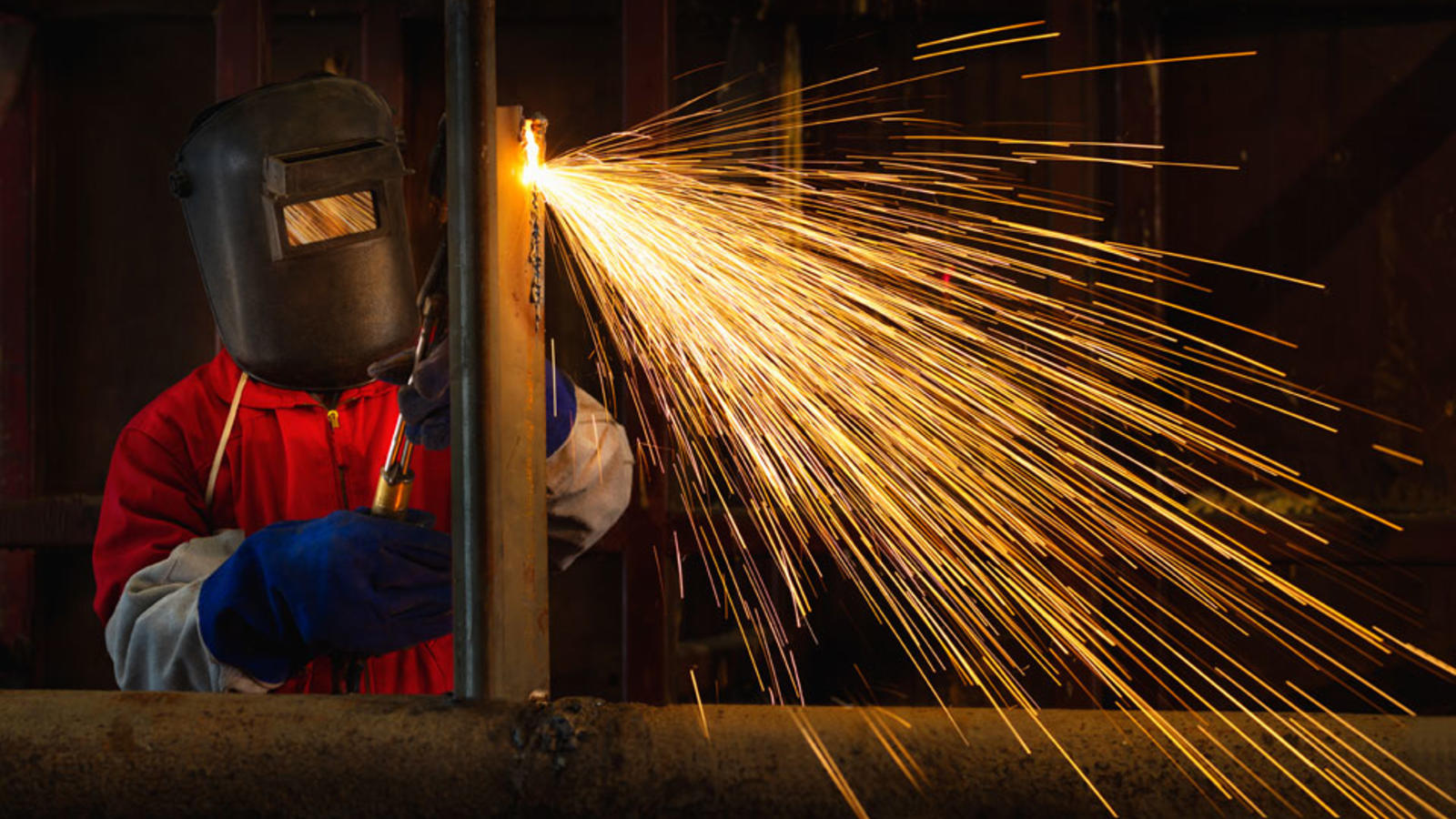Welding WPS Explained: Trick Elements and Conveniences for Your Welding Procedures
Welding WPS Explained: Trick Elements and Conveniences for Your Welding Procedures
Blog Article
The Ultimate Guide to Welding WPS Procedures: An Extensive Overview for Welders
In the elaborate world of welding, Welding Procedure Specs (WPS) work as the foundation of making sure top quality, uniformity, and safety and security in welding procedures. Understanding the nuances of creating, applying, and monitoring WPS procedures is vital for welders wanting to elevate their craft and satisfy sector requirements. As we explore the numerous components of a WPS and explore the ins and outs of credentials and qualification, we will reveal the crucial duty these treatments play in the world of welding. Allow's start a trip to unwind the complexities and relevance of WPS treatments in welding techniques.
Importance of WPS Procedures
Understanding the significance of Welding Procedure Specifications (WPS) procedures is vital for ensuring the high quality and integrity of bonded frameworks. WPS procedures act as a roadmap for welders, laying out the necessary actions, specifications, and materials required to accomplish a sound weld. By adhering to WPS guidelines, welders can make sure consistency in their work, bring about structurally audio and reliable welds.
Among the main reasons why WPS procedures are crucial is their duty in maintaining weld quality and integrity. Following the specified welding parameters and strategies described in the WPS aids protect against issues such as porosity, fracturing, or incomplete blend, which can endanger the toughness and toughness of the weld. Additionally, WPS procedures are vital for making sure compliance with sector requirements and codes. By complying with established WPS guidelines, welders can demonstrate that their job meets the needed demands for safety and top quality, supplying assurance to clients, inspectors, and regulative bodies. In essence, the importance of WPS treatments can not be overstated, as they are essential to accomplishing constant, high-quality welds that fulfill industry standards and specifications.

Elements of a WPS
A Welding Treatment Requirements (WPS) typically comprises important components that detail the particular requirements for carrying out a weld, guaranteeing uniformity and high quality in the welding procedure. The crucial elements of a WPS consist of necessary variables such as base metals, filler metals, preheat and interpass temperature levels, welding processes, securing gases, welding settings, and post-weld warm therapy demands.
Base metals refer to the materials being signed up with, while filler metals are utilized to fill up the void between the base steels throughout welding. The welding process outlines the particular strategy to be utilized, whether it's gas steel arc welding (GMAW), shielded steel arc welding (SMAW), or another method. Welding settings specify the positionings in which welding can be done.

Qualification and Accreditation
Having actually developed the essential elements of a Welding Procedure Specification (WPS), the emphasis currently moves in the direction of the crucial facets of credentials and accreditation in welding techniques.

Certification, on the various other hand, is the official recognition of a welder's certifications by an appropriate certification body or company. Welding qualifications are commonly based on the specific welding processes, products, and settings a welder is qualified to work with. Holding a legitimate welding accreditation demonstrates that a welder meets industry criteria and is qualified to perform welding tasks to the needed specs.
Creating a WPS
To develop a Welding Treatment Requirements (WPS) that satisfies market criteria, cautious consideration of welding procedures, products, and functional parameters is crucial. The initial step in developing a WPS is to determine the welding process to be used, such as gas metal arc welding (GMAW) or secured steel arc welding (SMAW)

Implementing and Checking WPS
Upon completing the extensive Welding Treatment Spec (WPS) that diligently details welding procedures, materials, operational specifications, and quality control steps, the focus changes to successfully applying and monitoring the recognized treatments. Execution entails guaranteeing that all welders included in the task know with the WPS and follow it carefully during the welding procedure. This requires supplying sufficient training and supervision to assure adherence to the specified procedures. Checking the WPS includes continuous oversight to verify that welding tasks line up with the documented specs. Examinations, screening, and quality control measures are important elements of the surveillance procedure to identify any issues or inconsistencies without delay. Normal audits and testimonials of the welding procedures help in preserving uniformity and high quality throughout the job. Reliable execution and tracking of the WPS are important for making certain the integrity, toughness, and useful reference security of the welded joints, ultimately adding to the overall success of the welding task.
Verdict
To conclude, understanding and complying with Welding Procedure Specifications (WPS) is important for welders to make sure high quality, consistency, and security in their job. By understanding the elements of a WPS, acquiring proper certifications and accreditations, producing thorough treatments, and applying and checking them efficiently, welders can enhance their abilities and effectiveness in welding practices. Complying with WPS procedures is essential for generating top quality welds and conference market requirements.
In the complex world of welding, Welding Procedure Specs (WPS) offer as the backbone of ensuring top quality, uniformity, and safety in welding procedures. The welding process outlines the details method see this here to be utilized, whether it's gas metal arc welding (GMAW), protected metal arc welding (SMAW), or another technique.To create a Welding Treatment Spec (WPS) that satisfies industry criteria, cautious factor to consider of welding procedures, materials, and operational specifications is vital. The use this link initial step in creating a WPS is to recognize the welding procedure to be used, such as gas steel arc welding (GMAW) or secured steel arc welding (SMAW)Upon finalizing the thorough Welding Treatment Specification (WPS) that diligently information welding procedures, materials, operational criteria, and quality assurance procedures, the focus shifts to efficiently applying and checking the well-known procedures.
Report this page